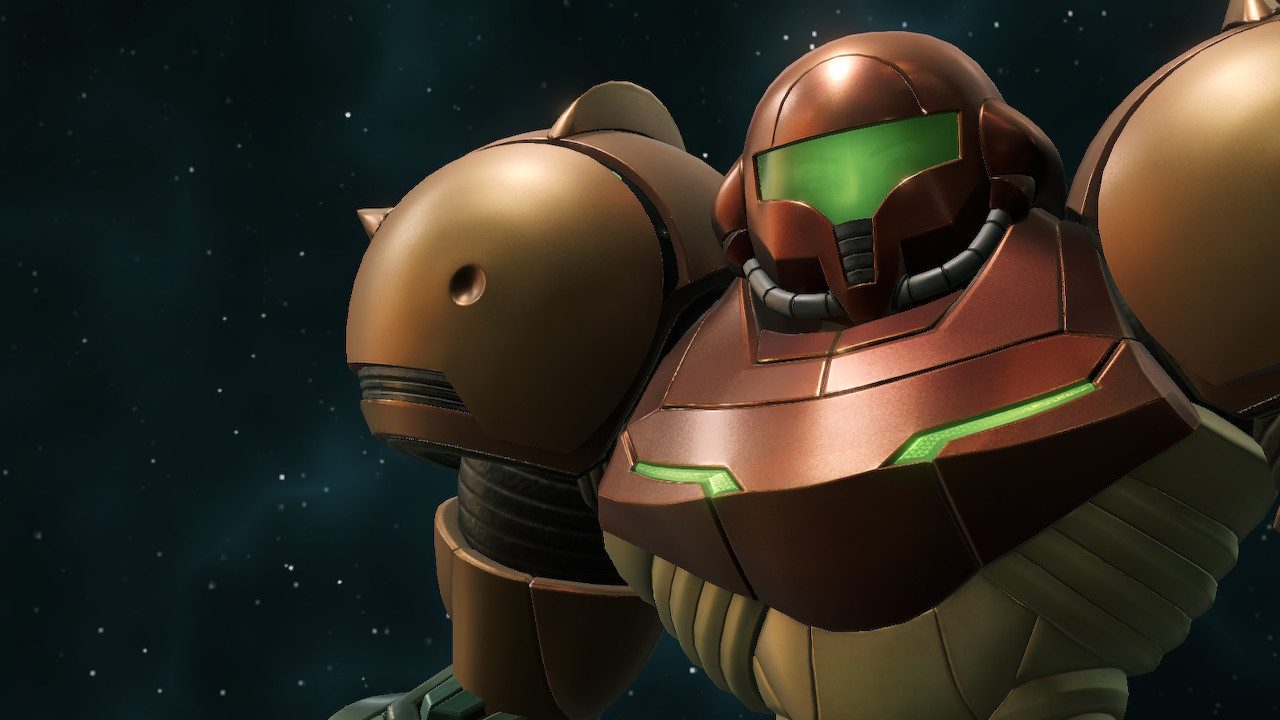Nintendo has historically boasted of being the only major video game company able to turn the 2D games that defined its genres in the ’80s into equivalent 3D masterpieces when it came time to same genres in the 90s and 2000s to redefine polygons. . His “Triforce” of franchises has always been Mario, Zelda and Metroid, with the permission of many others and with the adventures of Samus Aran, which is rather reclusive in a corner for the iconic and leisurely science fiction compared to the more universal platforms and the plumber’s imagination were , Donkey Kong and Link.
Launching Metroid Prime 20 years ago was a kind of happy invention, divine intervention and a mixture of luck and talent, because if the transition to Super Mario 64 and Ocarina of Time seems a more natural work in hindsight, raising the usual level. Creating a labyrinthine, atmospheric adventure that takes care of the geniuses of Gunpei Yokoi and Yoshio Sakamoto, also in the hands of a new (American!) team, seemed and for a while was an impossible mission. According to legend, it was Shigeru Miyamoto, almost always horrified by FPS, who pointed out that all of this would work much better in first-person, bringing design and technology back to the fore, and veteran Kensuke Tanabe was able to bring it to life Awaken The end of such a complicated and unprecedented production with the team at Retro Studios in Texas led by Mark Pacini. Of course with a lot of talent that came from Iguana, from Turok.
All of this is necessary to put into context what Metroid Prime meant on the Gamecube in 2002 and 2003. Conceived as a first person adventure or FPA the focus was on exploration rather than combat but that’s it, based on smoothness and goal setting more than inspired by the Ocarina invention, it also led to the action parts work better than ever on a stick-centric console. It was, along with GoldenEye 007, Halo, and the aforementioned Turok, the game that marked how it would be played in first-person with a controller in the decade that followed, something that obviously evolved with the second stick.
Advertising:
Last in this retrospective review were navigational and environmental factors. Metroid Prime worked in first person due to the exquisite work done to make the player feel against the skin of Samus Aran’s face. The diverse viewers, the ability to scan so many elements of the setting (and in doing so develop what we now call ambient narrative) brought an incredibly personal style of exploration that is the biggest difference to the mazes of the original 2D series represented. And as the link between it all, the holographic map served as a reference for connoisseurs and strangers alike to the series, as easily understood as the NES time squares, but revolutionary three-dimensional and organic.
I could expand on everything else that made the adventure a masterpiece. His rhythm, his spirit of discovery or that he could allow himself to elegantly trace a formula that today we would criticize at first glance: depriving Samus of her suit’s abilities, distributing them in Tallon IV without much logic and marking himself backtracking -Walks worth counting daily steps. Not to mention collecting artifacts or respawn rooms. It didn’t matter, just like in Mario 64, it didn’t matter to re-enter the same frame to do something a little different and come out with the next star. Just like the emptiness of Hyrule’s minicamp didn’t matter in Ocarina. You play one of the three today, you play Metroid Prime today, and you enjoy everything that will be forbidden in Metroid Prime 4 because it was a masterclass in 3D Metroidvania design with the rules from before, maybe the first of all.
Metroid Prime Remastered is almost an audiovisual remake
And best of all, the work of Retro Studios (with a hand of Iron Galaxy given to ports from shooter to Switch) is fantastic in this remaster. Metroid Prime Remastered is by far the best version of the classic, and in fact it’s so good that the biggest downside I can think of is that Nintendo didn’t give it the credit it deserves. It almost sounded more like GoldenEye 007 than Yes, which is an equal or greater classic, but whose work and ownership are far, far below. For a game that’s been in the works for a while, the surprise announcement and release can be immediately exciting, but it doesn’t pull up the streak worthy of such momentous work. Metroid Prime Trilogy for Wii had more presence, but this now remains a digital release and another physical one with no special edition, no accessories, no trilogy in sight if we come from the tremendous success of MercurySteam’s Metroid Dread and if it has finally started production from Metroid Prime 4 from Retro Studios itself. It seemed like a different matter from a Nintendo Direct, and it’s not.
Advertising:
Because it’s not just the first time that we can play Metroid Prime in HD and on a laptop. They’ve also built in 5.1 surround audio so communications can be heard more clearly, and you can hear when the Seegoth attacks you from behind, when a shot ricochets off a missile lock, or when a door slams behind you, while music plays Kenji Yamamoto’s atmospheric sounds better than ever. Most notable, however, is the extra work in terms of new textures, added geometry, and additional lighting effects. Subtle all respect for the original art but very grateful to play today. Reaching the icy realm of Phendrana for the first time is still as amazing as ever, but now its realistic snow, rock textures, and icy wall reflections achieve something unexpected in a remaster: some of the best graphics on Nintendo Switch ever in person and great promise for the inevitable remastering of Echoes and Corruption and the future fourth part. Metroid Prime 2 and 3 have already added a lot more geometry, hustle and complexity, so it’ll have to see how they manage performance and if they optimize as much as they do here, because in this remastered they’ve had to sacrifice a little bit of resolution on the TV and laptop too It goes very smoothly, a small and understandable shortcoming. By the way, the old folks of the place will also notice that the old trick of hiding each room’s loading times with the doors doesn’t work anymore, so open them all at once and it’s a lot smoother.
Finally, it is also estimated that they have implemented four types of controls: double lever, pointer, hybrid, classic. You can play like a Gamecube floating around depending on the lock, or like a Wii with the pointer dancing and feeling like you have to keep your pulse (and reset the center all the time). Or like in current shooters, especially on laptops, use the right stick to move the camera. Of particular interest is the hybrid option, which combines the best of both worlds and allows aiming with the gyroscope at the touch of a button. Personally, I’ve become such a fan of the Wii controls that I use the pointer option quite a bit (like in the video above), but sometimes I relax and try dual or hybrid. They are all very good.
This is Metroid Prime Remastered, a first-person video game masterpiece that now looks, sounds and plays better than ever. An exception to other HD ports and remasters Nintendo has done in the past, which are more like Ocarina of Time 3D or Wind Waker HD than Pikmin 3 Deluxe and weren’t released at full price. Too bad they didn’t give it the grace the launch itself deserves, but Retro should be proud and now it’s time to plan the trilogy as we look forward to Metroid Prime 4 in development again.








